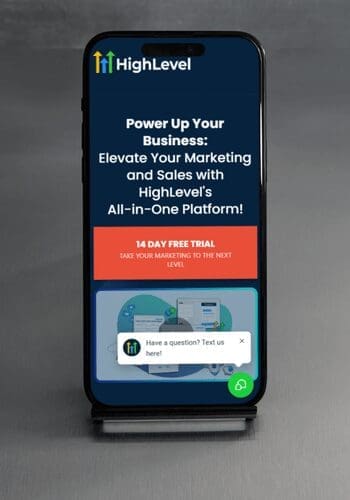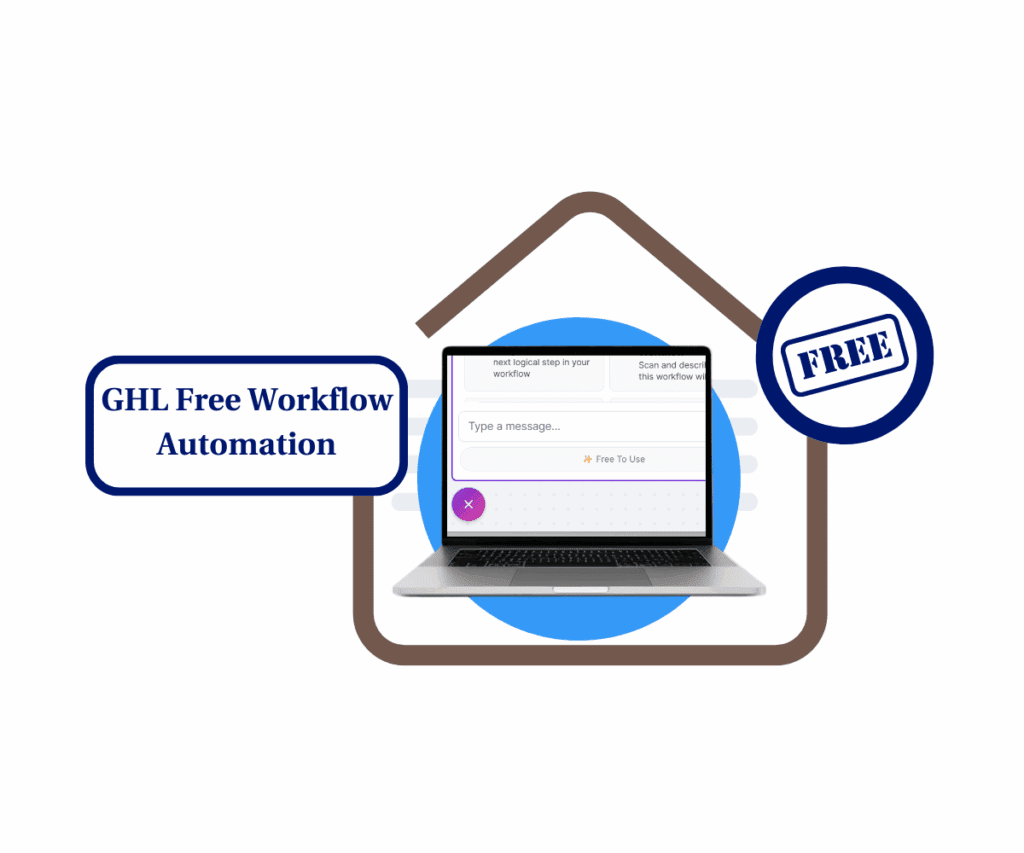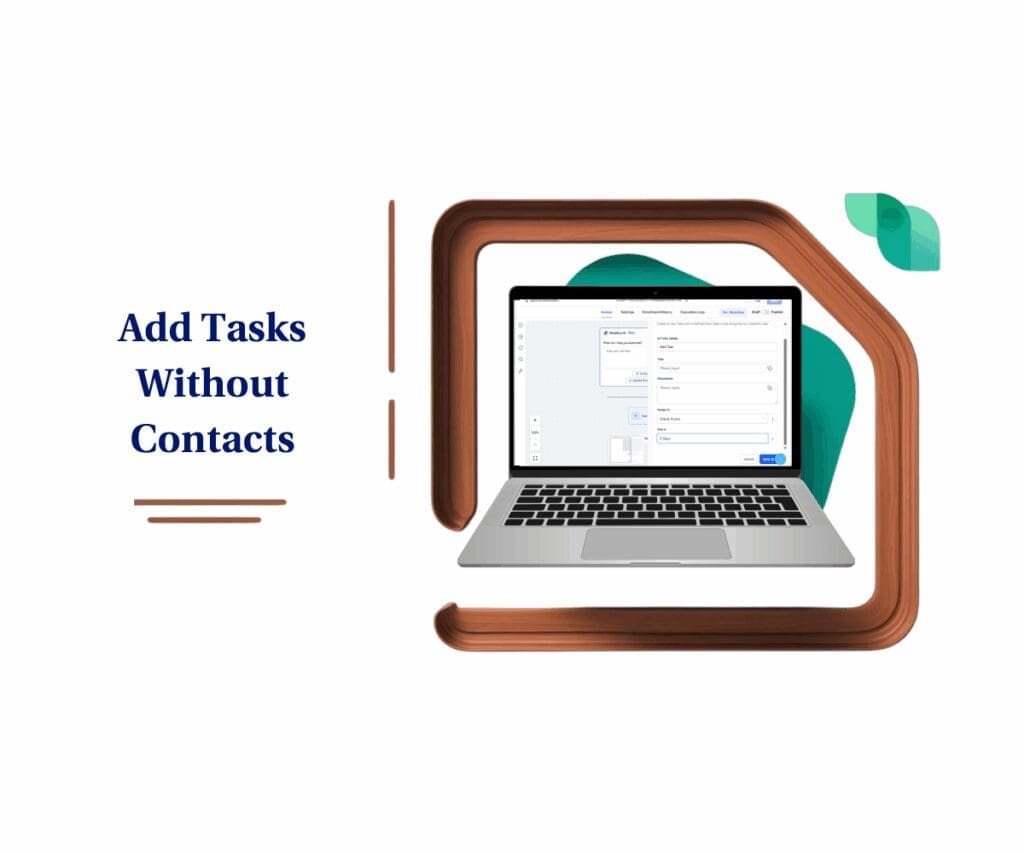- Master opportunity status automation to streamline pipelines and boost CRM efficiency
- Quick Summary – Opportunity Status Trigger at a Glance
- What’s New with Opportunity Status Trigger
- Key Benefits for Agencies & Businesses
- How to Configure Opportunity Status Trigger (Step-by-Step)
- Real-World Use Cases
- Pro Tips for Smarter Automations
- What This Means for Your Business
- FAQs About Opportunity Status Trigger
- Conclusion & Call to Action
Master opportunity status automation to streamline pipelines and boost CRM efficiency
Want to make your sales process run smoother without extra manual work? The opportunity status trigger in GoHighLevel is designed exactly for that. Every time an opportunity moves from one stage to another — like from “Open” to “Won” or “Lost” — this trigger kicks in to automate your next step. The opportunity status trigger is more than just an alert system.
It’s a workflow powerhouse that helps you notify team members, update CRM records, and launch automated follow-ups the moment a deal changes status. Instead of relying on memory or manual tracking, your system handles the busywork for you. With the opportunity status trigger, you can cut down manual tasks, improve team communication, and keep your CRM data accurate — all while ensuring no lead slips through the cracks.

With the opportunity status trigger, you can cut down manual tasks, improve team communication, and keep your CRM data accurate — all while ensuring no lead slips through the cracks.
Quick Summary – Opportunity Status Trigger at a Glance
The opportunity status trigger helps you automate CRM workflows every time a deal changes stages. It matters because it cuts manual updates, keeps your pipeline data accurate, and speeds up communication across teams. You get instant alerts, follow-up actions, and campaign tracking built right into your workflows. Setup takes less than 15 minutes, and the difficulty level is low, even for beginners. The key outcome is a smoother, more reliable sales process where no opportunity slips through the cracks.
Purpose: The opportunity status trigger automates CRM workflows whenever an opportunity changes stage.
Why It Matters: It reduces manual updates, ensures clean CRM data, and keeps your team in sync with real-time notifications.
What You Get: Automated alerts, follow-up actions, and campaign tracking tied directly to pipeline changes.
Time to Complete: Setup takes less than 15 minutes from start to publish.
Difficulty Level: Beginner-friendly — no advanced skills required.
Key Outcome: A smoother, more reliable sales process where no deal slips through the cracks.
What’s New with Opportunity Status Trigger
The opportunity status trigger is a workflow automation designed to activate the moment an opportunity changes its stage inside your CRM. Think of it as a smart signal. When a deal moves from “Negotiation” to “Closed Won” or from “Open” to “Lost,” this trigger fires instantly.
Automate marketing, manage leads, and grow faster with GoHighLevel.
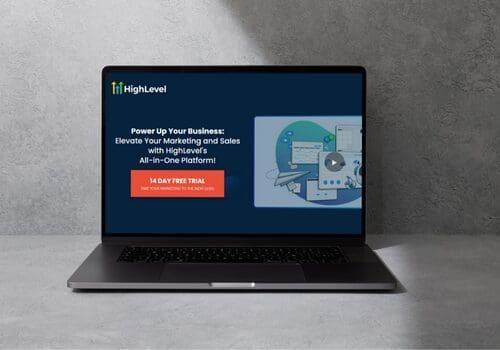
What makes this trigger powerful is how it ties your sales pipeline to automation. Instead of manually updating tasks, sending alerts, or chasing your team to act, the system does it for you. Compared to other workflow triggers that might rely on form submissions or lead actions, this one is based on real-time sales milestones.
By adding this into your workflows, every status change becomes a chance to automate something meaningful. Whether it’s notifying finance to send an invoice, re-assigning a reopened lead, or alerting your sales manager when a deal enters review — the opportunity status trigger ensures no movement in your pipeline goes unnoticed.
Key Benefits for Agencies & Businesses
The opportunity status trigger isn’t just a convenience tool. It’s a direct way to sharpen your team’s response time and reduce friction in your pipeline. Here’s why agencies and businesses are leaning on it:
First, it speeds up communication. The moment a deal moves stages, the right people are notified automatically. That means sales, finance, and account managers can act fast without waiting on manual updates.
Second, it improves CRM accuracy. Every status change is tracked and updated in real time, cutting down on errors or forgotten updates. This keeps your pipeline data clean and reliable, which is a big deal when you’re making decisions based on reports.
Third, it saves time. Manual follow-ups and task assignments are replaced by automations. Instead of spending hours checking deal statuses, your team can focus on actual selling and nurturing clients.
And finally, it makes pipeline transitions smoother. Deals don’t sit stuck in stages. Instead, they trigger the right handoffs, emails, and alerts so your sales process flows without bottlenecks.
How to Configure Opportunity Status Trigger (Step-by-Step)
Setting up the opportunity status trigger in GoHighLevel is straightforward once you know where to look. Follow this process to get it working in your workflows:
Step 1.0 – Access the Main Left Hand Menu in GoHighLevel
- The Main Menu on the Left side of your screen has all the main areas that you work in when using GHL
1.1 Click on the Automation Menu Item.
- Access the ‘Automation’ section of GoHighLevel
- You’ll now be in the ‘Automation’ section of GHL, where you can access the Workflow section from the top menu:
1.2 Click on the ‘Workflow’ menu link.
1.3 Create “Workflow”
- Click create workflow, in the drop down “choose start from scratch”
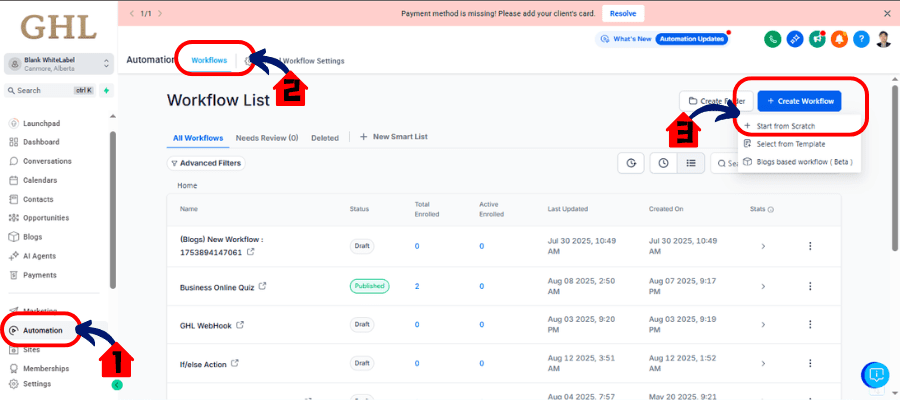
Step 02 – Add New Trigger
- Inside the workflow editor, click “+ Add New Trigger.”
2.1 Add trigger
- From the dropdown list, select “Opportunity Status Changed.”
2.2 Select “Opportunity Status

Step 03 – Name Your Trigger
3.1 Name the Trigger
- Give it a clear, descriptive name like “Closed Won Alert” or “Lost Deal Follow-Up.”
- This makes it easier to recognize later if you’re managing multiple workflows.
3.2 – Configure Filters
- This is where the power lies. Filters let you fine-tune when the trigger fires. Options include:
- Assigned To – Specify a particular user or team.
- Has Tag – Only activate for opportunities carrying certain tags.
- In Pipeline – Limit to a specific pipeline, like “Enterprise Deals.”
- Lead Value – Only fire if the deal is above or below a set value.
- Moved From Status – Define the original stage, such as “Negotiation.”
- Moved To Status – Define the new stage, such as “Closed Won.”
- Pipeline Stage – Narrow to a single stage inside a pipeline.
3.3 Save Trigger

Step 04 – Complete Automation
- Add Your Preferred and additional action to complete your automation.
4.1 Add Action

- Once you’re happy with the setup, hit the “Publish” toggle. From now on, the workflow will run automatically whenever an opportunity matches your filters.
Real-World Use Cases
The opportunity status trigger isn’t just a nice-to-have. It’s a practical tool that solves real bottlenecks in sales and marketing. Here are some of the strongest examples of how agencies and businesses use it:
Sales Milestone Notifications
When a deal moves from “Negotiation” to “Closed Won,” the trigger can fire off an instant celebration. It might send a congrats email to the rep, notify finance to issue the invoice, and update the CRM to reflect the win. Nothing slips through the cracks.
Lost Opportunity Follow-Up
When an opportunity goes from “Open” to “Lost,” you don’t want it to die silently. Use the trigger to send an automated feedback request to the prospect while alerting the account manager for a personal check-in.
Pipeline Transition Alerts
Large teams often juggle enterprise deals across multiple departments. For example, if a deal moves into the “In Review” stage of the Enterprise pipeline, the trigger can notify the sales manager and assign a task to the review team.
Lead Requalification
Sometimes leads come back to life. If a lost lead is re-engaged and marked “Reopened,” the trigger can instantly reassign them to a salesperson and bump their priority.
Marketing Campaign Success Tracking
Campaign-driven deals need visibility. If an opportunity tagged with “Campaign-X” moves to “Closed Won,” the trigger can generate a report and ping the marketing team to analyze ROI.
These use cases show how versatile the opportunity status trigger is. From sales wins to campaign tracking, it keeps your pipeline alive and moving.
Pro Tips for Smarter Automations
Using the opportunity status trigger is powerful on its own, but layering in smart strategies can take it from useful to game-changing. Here are a few ways to maximize its impact:
Combine Multiple Filters
Don’t just stop at one filter. Use “Has Tag” with “In Pipeline” or “Lead Value” to get laser-focused automations. This ensures the right actions happen only when they’re most relevant.
Avoid Redundancy with Cooldowns
If an opportunity moves stages quickly, the trigger will fire each time. To avoid overloading your team with duplicate notifications, add conditions or cooldown timers in your workflow.
Segment by Pipeline and Stage
Not all deals are created equal. Use pipeline-specific triggers to handle enterprise deals differently than smaller ones. This gives each client journey the attention it deserves.
Pair with Tags for Campaign Tracking
When opportunities are tagged by campaign, status changes become automatic reporting tools. Marketing teams can instantly see what’s working — without manual spreadsheets.
Keep Your Naming Consistent
If you’re building multiple workflows, clear trigger names like “Closed Won – Finance Alert” will save your team from confusion later.
When you apply these pro tips, the opportunity status trigger becomes a flexible automation backbone, not just a simple notification tool.
What This Means for Your Business
The opportunity status trigger isn’t just about convenience. It’s about transforming how your team manages deals and clients.
For agencies, it means cleaner pipelines and better client reporting. You can show clients exactly how leads are moving, with automated follow-ups baked into the process. That’s a huge value add when you’re managing multiple accounts.
For sales teams, it’s about speed. No more waiting for updates or chasing status changes. Reps get instant notifications when deals move, keeping them responsive and on top of opportunities.
For marketers, the trigger becomes a hidden reporting engine. When campaigns are tagged and tied to opportunity outcomes, you can measure ROI without pulling endless manual reports.
Overall, it means your business runs with fewer leaks and more momentum. Every stage change sparks an action, keeping leads moving and ensuring no deal is forgotten.
FAQs About Opportunity Status Trigger
Conclusion & Call to Action
The opportunity status trigger is more than a workflow add-on — it’s a sales engine upgrade. By automating tasks around every pipeline stage change, you’re reducing manual work, speeding up communication, and keeping CRM data spot-on.
From sales milestone alerts to campaign tracking, the trigger gives you endless ways to tighten your process. When used with filters, tags, and smart cooldowns, it turns your workflows into a reliable system that drives results without extra effort.
Now it’s your turn. Set up an opportunity status trigger in your workflows, test it, and see how it transforms the way your business handles deals.
Have you tried the opportunity status trigger yet? Share your experience — what’s the smartest automation you’ve built with it?
And don’t forget: check back at GHL Growth Garage for more GoHighLevel Mini-Guides designed to make your agency life easier and more profitable.
Scale Your Business Today.
Streamline your workflow with GoHighLevel’s powerful tools.
